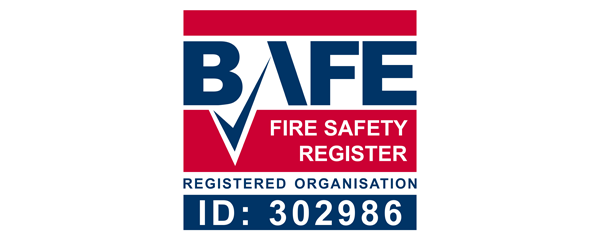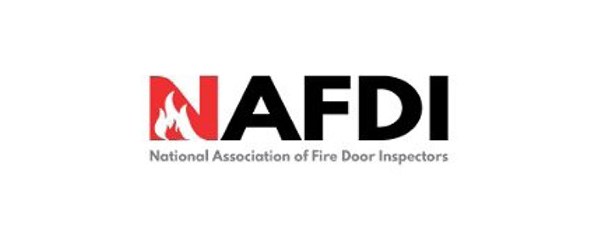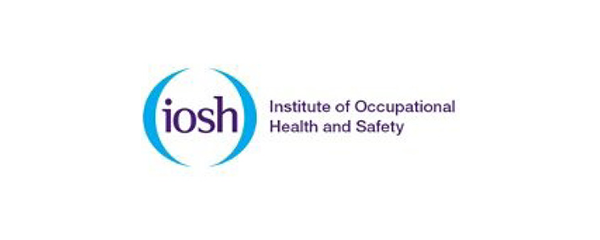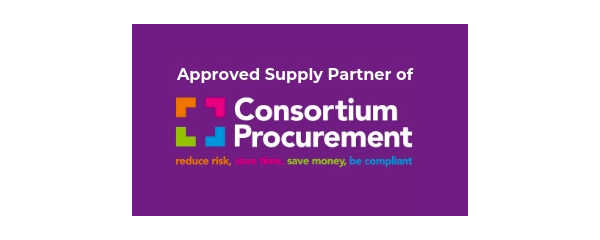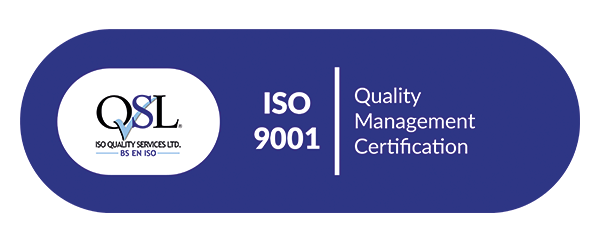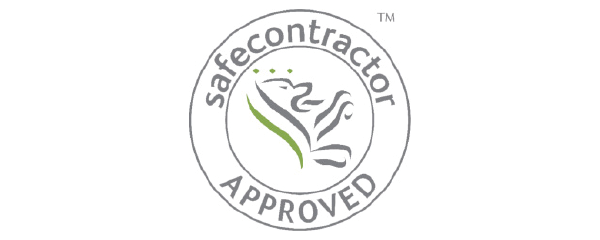From 1st October 2006 The Regulatory Reform (Fire Safety) Order 2005 requires the Responsible Person (RP) of any non-domestic premises to carry out a fire risk assessment. This is the principal legislation covering fire risk.
It is a requirement of the Fire Safety Order that all ‘responsible persons’ carry out a fire risk assessment of their premises in order to ensure the safety of all employees and other ‘relevant persons’.
What is a fire risk assessment survey?
- A fire risk assessment (FRA) is a review undertaken of a building in order to assess its fire risk and offer recommendations to make the building safer, if necessary.
- It should identify the fire hazards in your premises, as well as identify the people at risk. The FRA must be carefully recorded and then take the form of a Review.
- A set of recommendations comprising an Action Plan is then prepared, based on the hazards identified and their severity – Low, Moderate or High Risk.
- You will then be able to decide whether the risks identified are acceptable or whether you need to take steps to reduce or remove them, as reasonably as is practicable.
When should an FRA be undertaken?
It is recommended this is reviewed every 12 months, or when layouts and / or occupants change, or when material amends are made to the building fabric, or if the purpose of the building is altered.
What is reviewed as part of a fire risk assessment?
Although every fire risk assessment is unique, the following fire prevention and fire risk factors are checked by the assessor as part of the assessment:
- The building’s construction, layout, and use
- The nature and number of occupants, including any potentially vulnerable occupants
- Electrical equipment on the site that could be a potential source of ignition
- Whether the building has a history of any fire loss
- Defence against arson
- Smoking areas as well as prevention measures that have been taken to prevent fires caused by smoking
- Protection against fires that are caused by lightning
- Installed and portable heating devices that can trigger fires
- Any fire hazards that have been introduced by outside contractors or building works
- General housekeeping and key areas being kept clear of any combustible materials
- The configuration and maintenance of escape routes
- Storage arrangements for any flammable and dangerous liquids
- Emergency lighting has been properly installed and is in good working order
- Measures are in place for limiting fire spread
- Adequate means are in place to raise the alarm in the event of a fire
- Fire safety signs are in the proper locations and used correctly
- Other devices, like sprinklers, are properly installed and maintained
- The appropriate fire extinguishers are in the correct locations
- Whether or not there is evacuation drills and fire safety training on a regular basis
- Who manages the building’s fire safety and how well it is done
- Proper records and documentation are being kept on fire safety measures
- Correct testing procedures and maintenance are in place for fire safety systems



